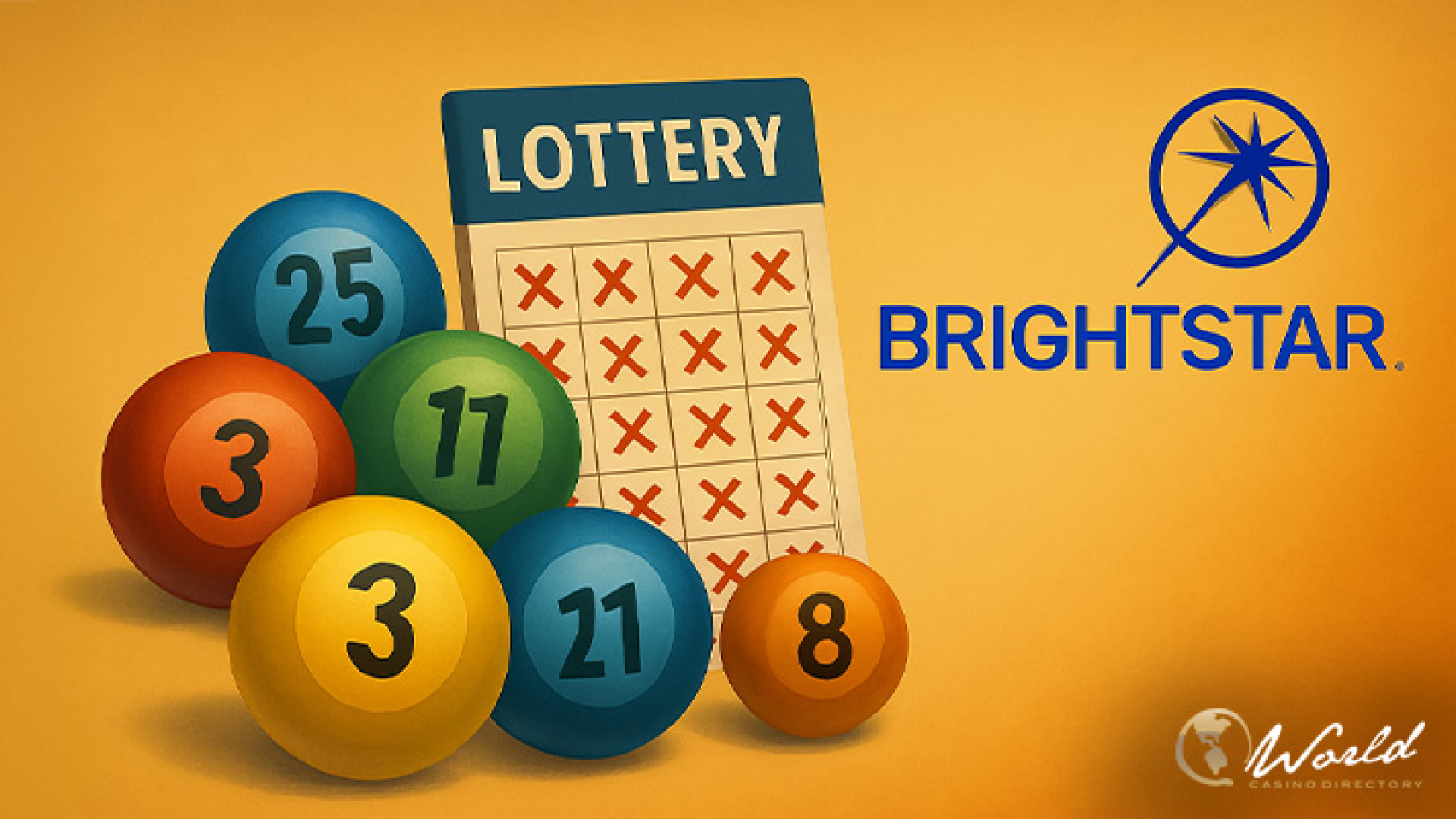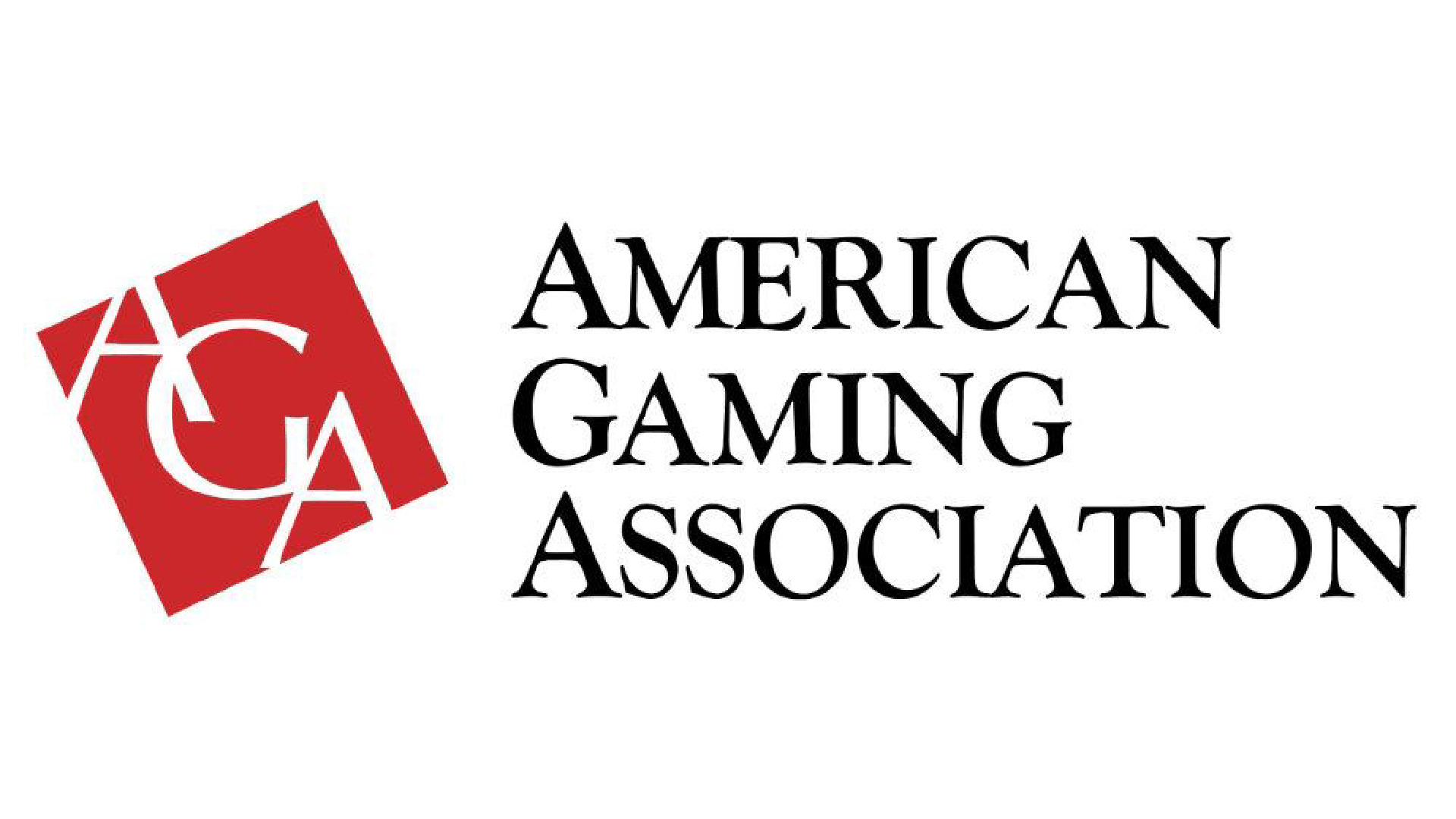Insight of betting odds - explanation

What are odds?
Starting from the ground and building up, let’s first define the foundation What are odds? The odds are the statistical probability of an event to occur. Another way to think of odds is what are the chances of something to happen (or not happen, depending whether you are a glass-half-empty type of guy/gal). How do we translate that into sports betting? With the betting odds, of course.
Betting odds explained
The betting odds are slightly different, however. While you can still think of the betting odds as the probability of something to happen (one team to win the game, to cover the point spread, etc.), the betting odds actually show the chances of that to happen via a payout the bet would offer. Before you get bored with all the fancy talk, let’s pop in an example of how the betting odds differ.
Let’s say that the simple odds of coin flip to come up head are 2/1, i.e. 50% of the time it will, the other 50% it won’t; simple enough. If we incorporate this example into the betting odds, for instance, a sportsbook gives you 2/1 betting odds that the next flip would be Heads, the difference here is that the sportsbook tells you that they will pay you $1 for every $2 you bet on the toss coming up Heads. Without going into much detail yet, we should note that a sportsbook would never give you such odds (you may get 5/3 betting odds), but don’t worry, we’ll cover this a bit later, too.
To summarize, odds are the probability of something happening, while the betting odds represent the payout a winning bet will give the bettor. Sometimes those odds may be exactly the same, but oftentimes they would differ, even if only by a hair. Why? As promised, let’s go back to the earlier example, mainly why a bookmaker won’t give you 2/1 odds on a coin toss. The sportsbook needs to make money, and if they gave you 2/1 odds, chances are (ahem, odds) that you would win half the time and lose half the time. So how is a sportsbook to make any money to stay in business?!? Well, that’s why the sportsbook or betting website, or what have you, will include a small difference in their favor, called the vig or “juice”. This is one of the main reasons the betting odds would never reflect the actual odds of something to happen.
How betting odds work?
Now that we have the betting odds explained, it’s time to look at how the betting odds work. This is where it would get slightly more complicated, thanks to one form of displaying the odds, popular in the USA. But to make this easier, we will leave it for last. Let’s quickly look at the type of odds you could encounter, and they are:
- Fractional Odds
- Decimal Odds
- American Odds
The decimal betting odds are the easiest to work with, since they take the form of a decimal multiplier. An example of such odds are “2.40” or “1.10”. When you have decimal betting odds, all you have to do is multiply your bet by the odds and you will get the total payout. For instance, if you bet $10 on a sporting event with odds 1.80, your potential payout (when you bet wins) is calculated as such: $10 x 1.80 = $18. If you are placing a parlay bet, it’s just as simple, you just keep on multiplying the odds and at the end, multiply by the stake, and you’ve got yourself the bet’s payout. Sadly, the decimal odds are popular in Europe and Asia only, so if you are in the US, you would have to either learn to work with the American betting odds or, if you bet online, simply choose the decimal odds from a menu available at any online sportsbook.
The Fractional odds aren’t much harder, either. The take the form of a fraction (duh!) and look like this: 2/1, 5/2, 11/10, etc. and are pronounced as “two to one”, “five to two”, and so on. If you guessed that 2/1 (two to one) means that the sportsbook will give you $2 for every $1 wagered, you already know how the fractional odds work. Really simple, although not as popular. Mostly you would find these betting odds at horse racing events.
Now we are coming to our PhD portion of the betting odds – the American odds format. If you are from the USA and you have been to a sportsbook (online or offline) you’ve already seen this type of betting odds – they look something like “+110”, “-200”, “+1000”. The American betting odds are an oddity (yet another pun), since you have to watch out for the “+” plus and “-” minus signs in front of the number first, in order to understand how these betting odds work and how to calculate them.
If a number has a “plus” sign in front, it means that the sportsbook will pay you that much for every $100 you bet. For example, the odds +180 mean that the betting site will pay you $180 for every $100 you wager. So if you wager $10 and you win, you will get $18, i.e. it is not mandatory to bet $100 or by hundreds.
If the sign preceding the number is a “minus”, this means that you would have to bet that number in order to win $100. The obligatory example of how these odds work: if you got -200 odds, it means that you have to bet $200 (the number after the minus sign) in order to win $100. Weird, we admit, but once you get the hang of it, it becomes easier, we promise.
At the begging you could use an odds calculator or a converter with the American betting odds, or if you bet online you could simply trust the sportsbook to have your payout calculated without any mistakes. As a start, let’s learn one simple rule that would help anyone, whether you plan on betting on sports or simply want to be a bit more knowledgeable when people talk about sports at the office. And the rule is as follows: if the odds begin with a plus sign, it indicates underdog, if they start with a minus, it is the favorite.
Of course, while this works if you have the odds on the winner of an NFL game, it wouldn’t quite work on future odds, for example, on who will win the Super Bowl this season. In that case, especially at the start of the season, you may find that the betting odds on all teams begin with the plus “+” sign. In such cases (let’s learn another rule), the smaller the number, the more favorite the team is. So if you have the Chiefs with +500 to win the Super Bowl and the Dolphins with +10000, the Chiefs are much more likely to win, thus they would pay much less on your future bet.
In conclusion, the betting odds could be very simple or give you a headache just by looking at them. Luckily, practice is all it takes to become proficient, even with the American-style odds, so don’t be discouraged right away by the perceived complexity of the topic. Using online sportsbooks is an easy way to get your feet wet, without the risk of making mistakes when calculating the odds, yet you would get some much needed practice and experience.






